arXiv 2403.10628v1
A Terahertz Bandwidth Nonmagnetic Isolator
Haotian Cheng, Yishu Zhou, Freek Ruesink, Margaret Pavlovich, Shai Gertler, Andrew L. Starbuck, Andrew J. Leenheer, Andrew T. Pomerene, Douglas C. Trotter, Christina Dallo, Matthew Boady, Katherine M. Musick, Michael Gehl, Ashok Kodigala, Matt Eichenfield, Anthony L. Lentine, Nils T. Otterstrom, Peter T. Rakich
Integrated photonics could bring transformative breakthroughs in computing, networking, imaging, sensing, and quantum information processing, enabled by increasingly sophisticated optical functionalities on a photonic chip. However, wideband optical isolators, which are essential for the robust operation of practically all optical systems, have been challenging to realize in integrated form due to the incompatibility of magnetic media with these circuit technologies. Here, we present the first-ever demonstration of an integrated non-magnetic optical isolator with terahertz-level optical bandwidth. The system is comprised of two acousto-optic frequency-shifting beam splitters which create a non-reciprocal multimode interferometer exhibiting high-contrast, nonreciprocal light transmission. We dramatically enhance the isolation bandwidth of this system by precisely dispersion balancing the paths of the interferometer. Using this approach, we demonstrate integrated nonmagnetic isolators with an optical contrast as high as 28 dB, insertion losses as low as -2.16 dB, and optical bandwidths as high as 2 THz (16 nm). We also show that the center frequency and direction of optical isolation are rapidly reconfigurable by tuning the relative phase of the microwave signals used to drive the acousto-optic beam splitters. With their CMOS compatibility, wideband operation, low losses, and rapid reconfigurability, such integrated isolators could address a key barrier to the integration of a wide range of photonic functionalities on a chip. Looking beyond the current demonstration, this bandwidth-scalable approach to nonmagnetic isolation opens the door to ultrawideband (>10 THz) isolators, which are needed to shrink state-of-the-art imaging, sensing, and communications systems into photonic integrated circuits.


